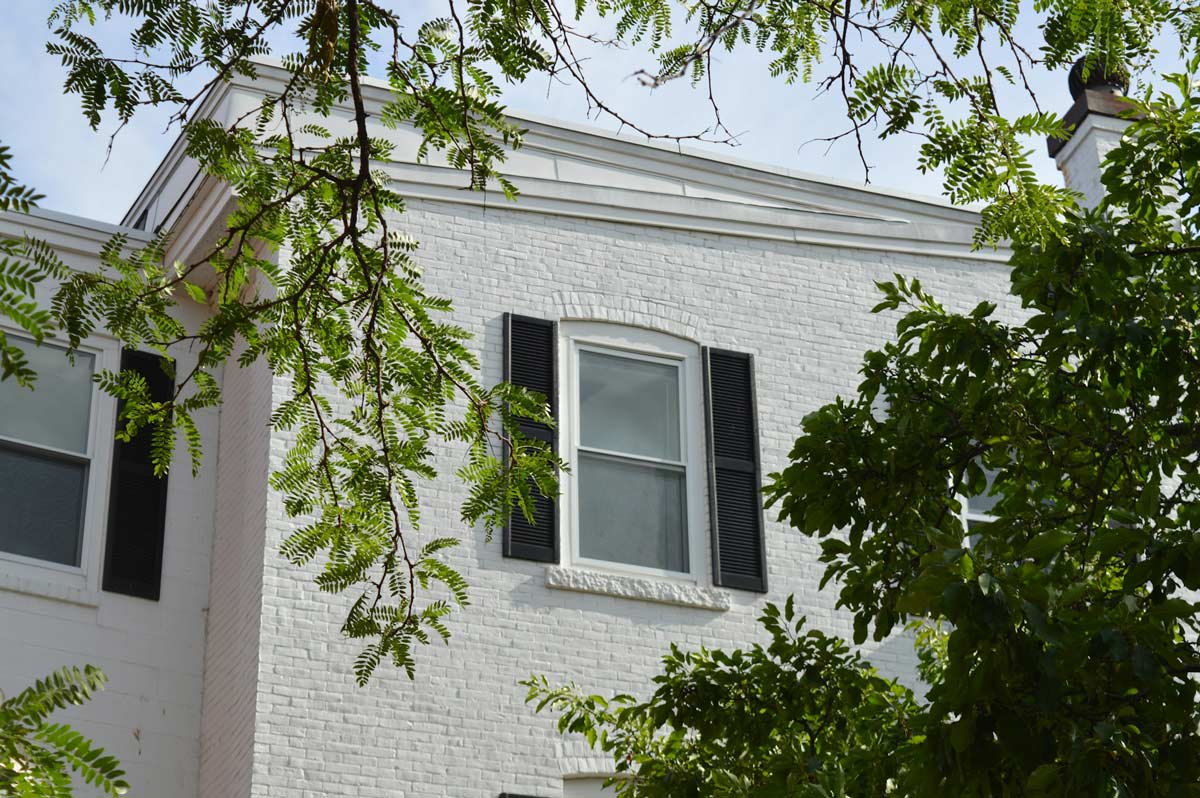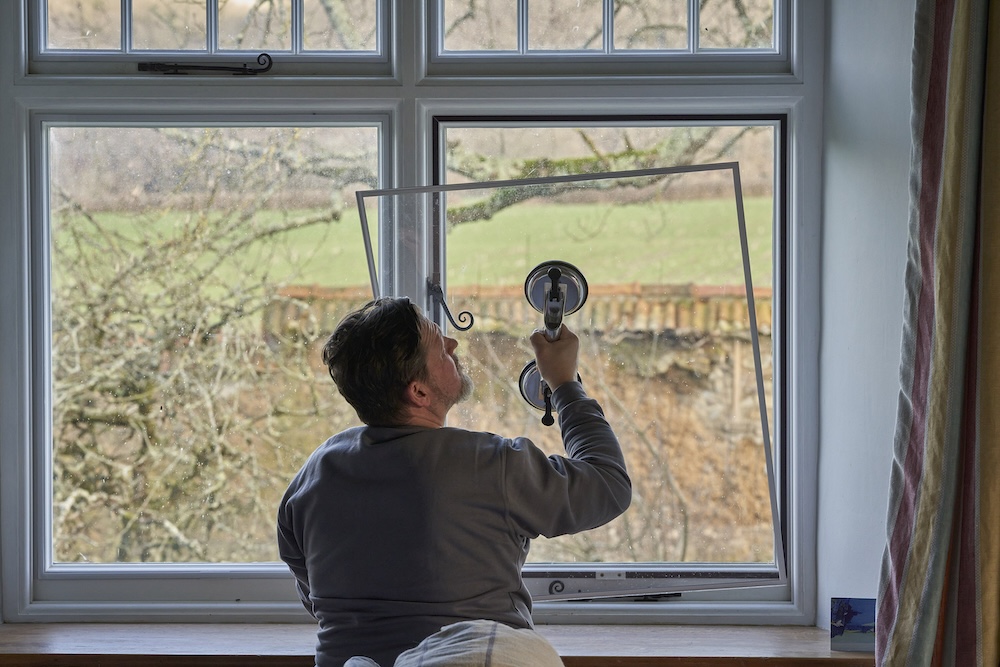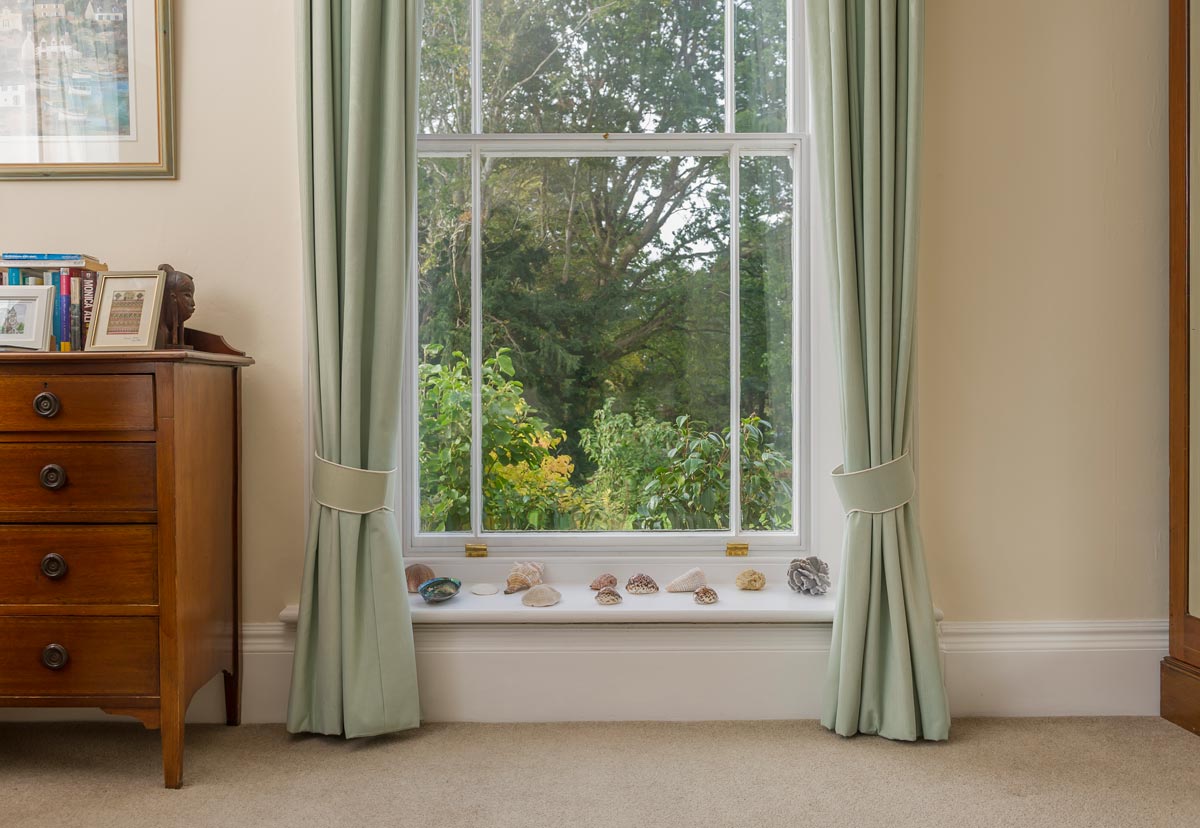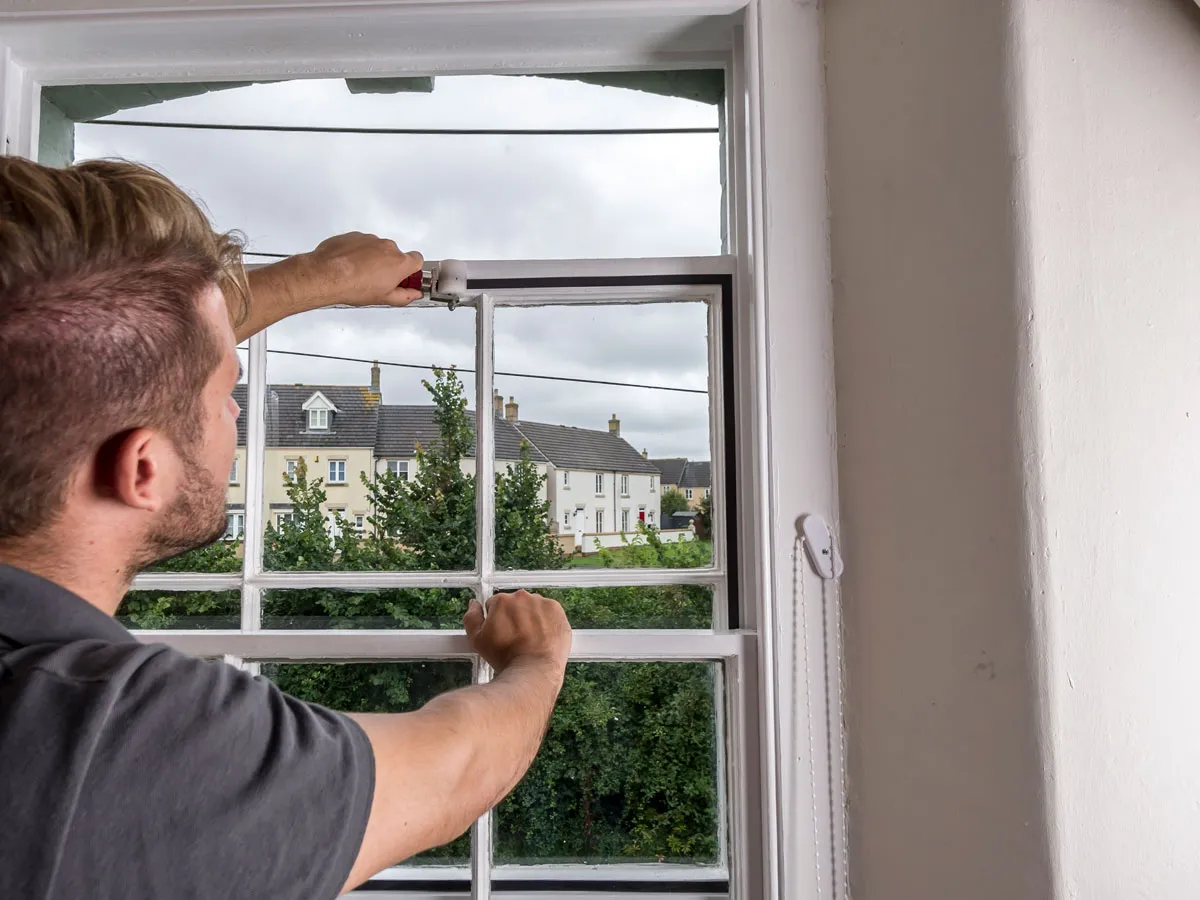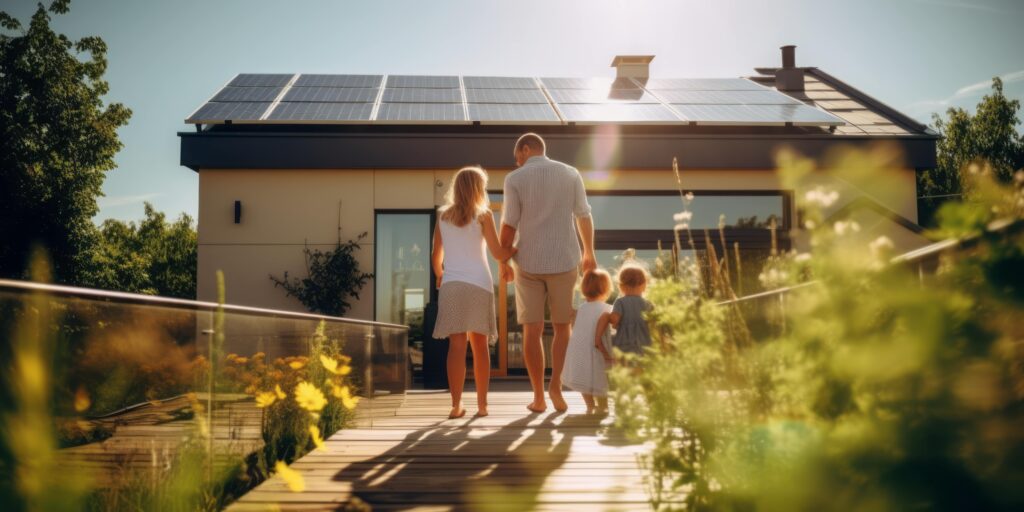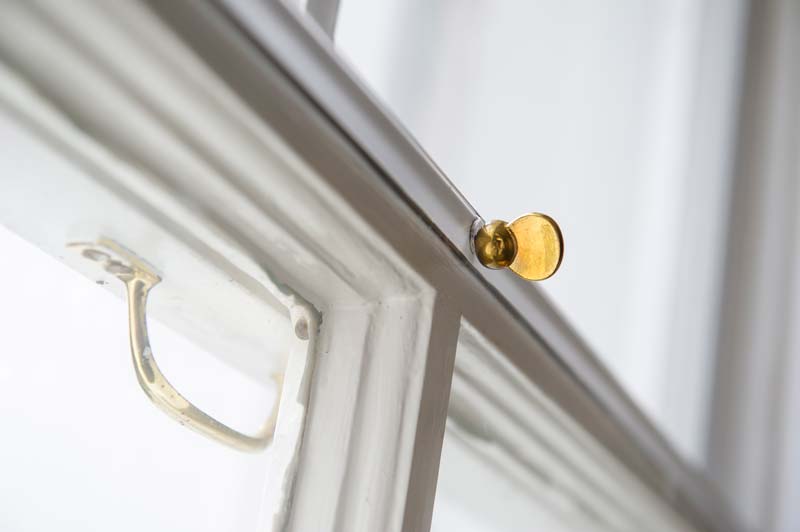Original shutters in historic homes offer a blend of elegance, craftsmanship and functionality that modern installations rarely replicate. This guide will walk you through the restoration process and highlight why restoring your shutters can be a rewarding investment, both financially and environmentally.
Period properties, especially listed buildings, are defined by their rich architectural history and unique character. Features like original shutters are key elements that contribute to their charm. However, as these properties age, elements such as the shutters can fall into disrepair. While it may be tempting to replace them with modern alternatives, restoring the original features helps retain the property’s historic integrity.
From an environmental perspective, restoration often proves more sustainable than replacement. Instead of disposing of valuable materials that have been part of the house for decades, restoration breathes new life into them. This avoids the waste and energy involved in manufacturing and transporting new shutters.
For listed properties, conservation regulations often require homeowners to preserve original features. By restoring shutters, you not only maintain the historic fabric of your home but also adhere to these requirements, which can help protect your property’s value and status.
Environmental benefits of restoring shutters
Restoration involves less energy and fewer resources than manufacturing new products, which aligns perfectly with the principles of sustainability. Furthermore, traditional wooden shutters, when properly restored, can contribute to the energy efficiency of your home. Shutters act as a form of insulation, keeping the warmth in during winter and helping to cool the home in summer. This can reduce the need for artificial heating and cooling systems, thus lowering your energy consumption and contributing to a more sustainable household.
Also, most shutters in period properties were made from high-quality, sustainably sourced wood that was built to last. By restoring these materials, you are preserving not only the heritage of the building but also a natural resource that has already been harvested and processed, avoiding the demand for new wood.
The process of restoring original shutters
Assess the condition: Start by evaluating the current state of your shutters. Look for signs of rot, warping, or broken parts. If the shutters are coated with layers of paint or varnish, consider whether they need to be stripped to reveal the original timber.
Repairs and replacement: Small repairs, such as fixing joints or replacing hinges, can often be done without compromising the original structure. If parts of the wood are beyond repair due to rot, you may need to replace sections. However, always try to use reclaimed timber of a similar age and quality to maintain authenticity.
Stripping and sanding: Remove old paint or varnish carefully using eco-friendly, non-toxic strippers. This step is crucial to restore the wood’s natural beauty. Sand the shutters to smooth any rough edges or uneven surfaces, preparing them for repainting or oiling.
Finishing: When it comes to finishes, eco-conscious homeowners should opt for water-based paints, natural oils, or eco-friendly stains. These products not only protect the wood but are less harmful to the environment than traditional solvent-based options.
Reinstalling: Ensure the shutters are properly fitted to provide maximum insulation and protection. Period shutters often have intricate locking systems that add to their charm, so restoring these functional elements enhances both the aesthetic and practical value.
Long-term benefits
Restoring shutters in period properties is more than a short-term fix, it’s a long-term investment. Well-maintained, restored shutters will enhance the property’s value, and they are a feature that discerning buyers often look for when purchasing listed homes.
Moreover, restored shutters can improve your home’s energy efficiency, leading to long-term savings on heating bills. When combined with other energy-efficient home improvements like draught-proofing and secondary glazing, shutters can play a pivotal role in reducing your overall carbon footprint.
For homeowners looking to add value and sustainability to their period homes, shutter restoration is a project that offers timeless benefits. To find out how Mitchell & Dickinson can help restore your original shutters, get in touch today.
